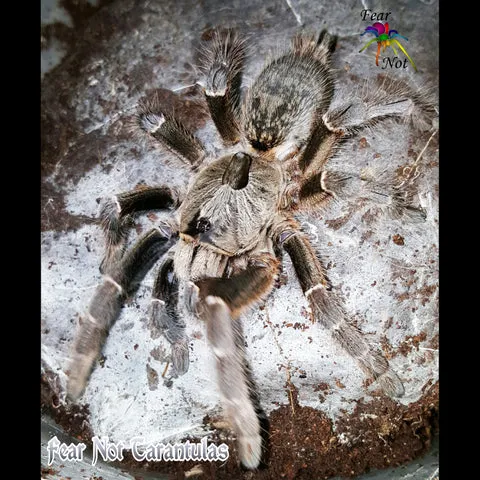What is a Rear Horned Baboon Tarantula (Ceratogyrus)
The Rear Horned Baboon Tarantula, scientifically known as Ceratogyrus, is a captivating species of tarantula that has gained popularity among arachnid enthusiasts. Native to specific regions of Africa, these spiders are known for their unique horn-like protuberance on their carapace, which gives them their distinctive name. They are ground-dwelling spiders, often found in burrows in their natural habitat. While they may not be the most colorful tarantulas, their intriguing appearance and relatively manageable care requirements make them an appealing choice for both novice and experienced keepers. Understanding the basic characteristics of the Rear Horned Baboon Tarantula is the first step in providing proper care and ensuring their well-being. When considering a rear horned baboon tarantula for sale, it’s essential to be aware of their specific needs.
Origin and Habitat of the Rear Horned Baboon Tarantula
The Rear Horned Baboon Tarantula originates from the arid and semi-arid regions of Southern Africa, including countries like Angola, Botswana, and Zimbabwe. In their natural habitat, these tarantulas construct burrows in the ground, often under rocks or within the roots of plants, to provide shelter from the harsh environment. They prefer areas with well-drained soil and a moderate amount of humidity. The specific environmental conditions in their native regions are crucial to replicating in captivity. Understanding their natural habitat helps in creating a suitable enclosure that meets their specific needs, which is an important factor for individuals looking to purchase a rear horned baboon tarantula for sale. Replicating their environment as closely as possible is paramount for their survival and well-being.
Understanding the Temperament of Ceratogyrus
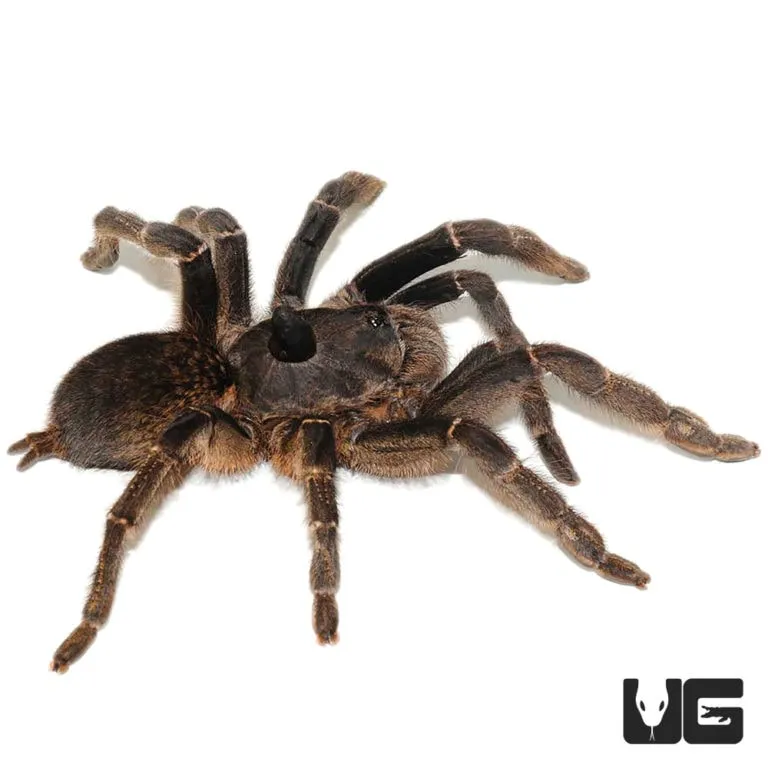
Rear Horned Baboon Tarantulas are generally considered to be a bit more defensive than some other popular tarantula species. They are known to be fast and can display a threat posture, which includes rearing up on their hind legs and displaying their fangs. They are not typically aggressive unless provoked or feel threatened. Handling is generally not recommended unless absolutely necessary, as it can stress the spider and potentially lead to a bite. It’s crucial for keepers to understand and respect their defensive nature. This understanding is vital for anyone considering a rear horned baboon tarantula for sale, ensuring that they can handle the spider responsibly and safely. They are best observed rather than handled.
Top 5 Care Facts for Rear Horned Baboon Tarantulas
Caring for a Rear Horned Baboon Tarantula involves paying close attention to several key aspects of their environment and needs. Here are the top 5 care facts to ensure a healthy and thriving tarantula. These guidelines are essential for anyone looking for a rear horned baboon tarantula for sale, as they cover the foundational elements of their care. These tips are designed to simplify their care as much as possible while ensuring they thrive.
Enclosure Requirements
A secure and appropriately sized enclosure is the first and foremost consideration. For a juvenile Rear Horned Baboon Tarantula, a container of about 10 gallons is sufficient. As they grow, they will need an upgrade to a 20-gallon long tank or a similar-sized enclosure. The enclosure should provide enough floor space for the tarantula to move around and construct a burrow. The enclosure must have a secure lid to prevent escape, as these spiders are adept climbers and can squeeze through small openings. The right enclosure is vital for a rear horned baboon tarantula’s health and safety, preventing escapes and stress. Proper ventilation, provided by the lid, is also essential to prevent the buildup of excessive humidity.
Substrate and Decoration
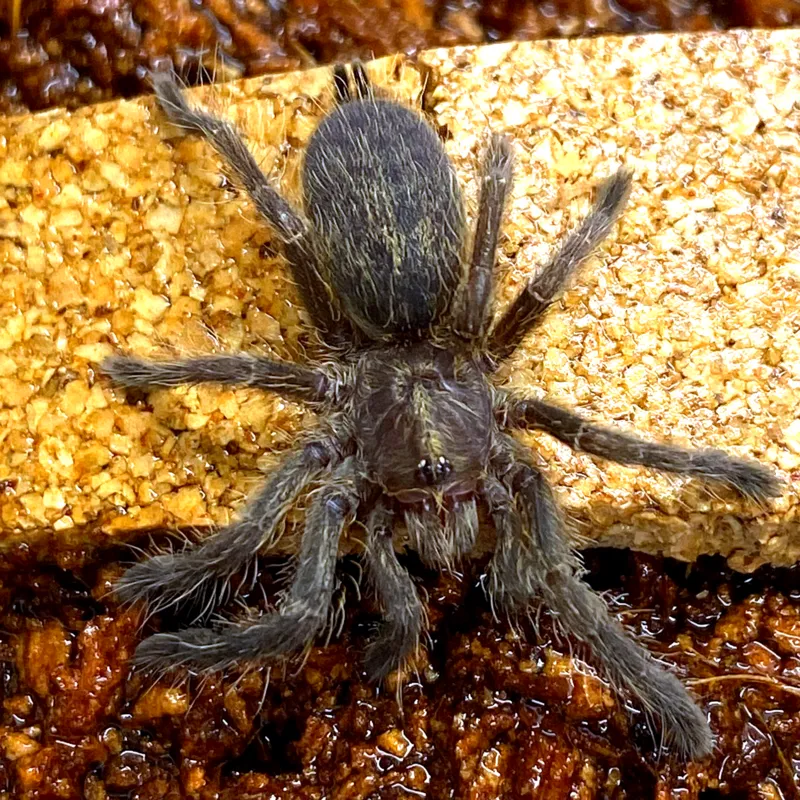
The substrate should mimic the tarantula’s natural habitat. A mix of peat moss, coconut fiber, and a bit of topsoil works well. The substrate should be deep enough (at least 4-6 inches) to allow the tarantula to burrow. Provide a hide, such as a piece of cork bark or a half log, for the tarantula to retreat to. Additionally, adding some artificial or real plants can create a more natural environment and provide extra cover. The substrate’s quality is crucial when you acquire a rear horned baboon tarantula for sale, as it directly impacts the spider’s burrowing behavior and overall well-being. Keep the substrate slightly moist, not wet, to maintain the required humidity levels.
Temperature and Humidity
Maintain a temperature range of 75-85°F (24-29°C) within the enclosure. Use a heat lamp or under-tank heater if necessary, but make sure not to overheat the enclosure. The humidity level should be kept around 60-70%. This can be achieved by lightly misting the enclosure once or twice a week or by providing a water dish. Proper temperature and humidity are crucial for the rear horned baboon tarantula’s health and molting process. Monitoring these conditions regularly, using a hygrometer and thermometer, is vital for maintaining a healthy environment.
Feeding and Water
Feed your Rear Horned Baboon Tarantula a diet of appropriately sized insects, such as crickets, roaches, or mealworms. The feeding frequency depends on the spider’s age and size. A juvenile can be fed 2-3 times a week, while an adult can be fed once a week or every other week. Remove any uneaten food within 24 hours to prevent mold growth. Always provide a shallow water dish filled with fresh water, which should be available at all times. Proper feeding and hydration are fundamental for the health of any rear horned baboon tarantula you get for sale, contributing to its longevity.
Handling and Safety
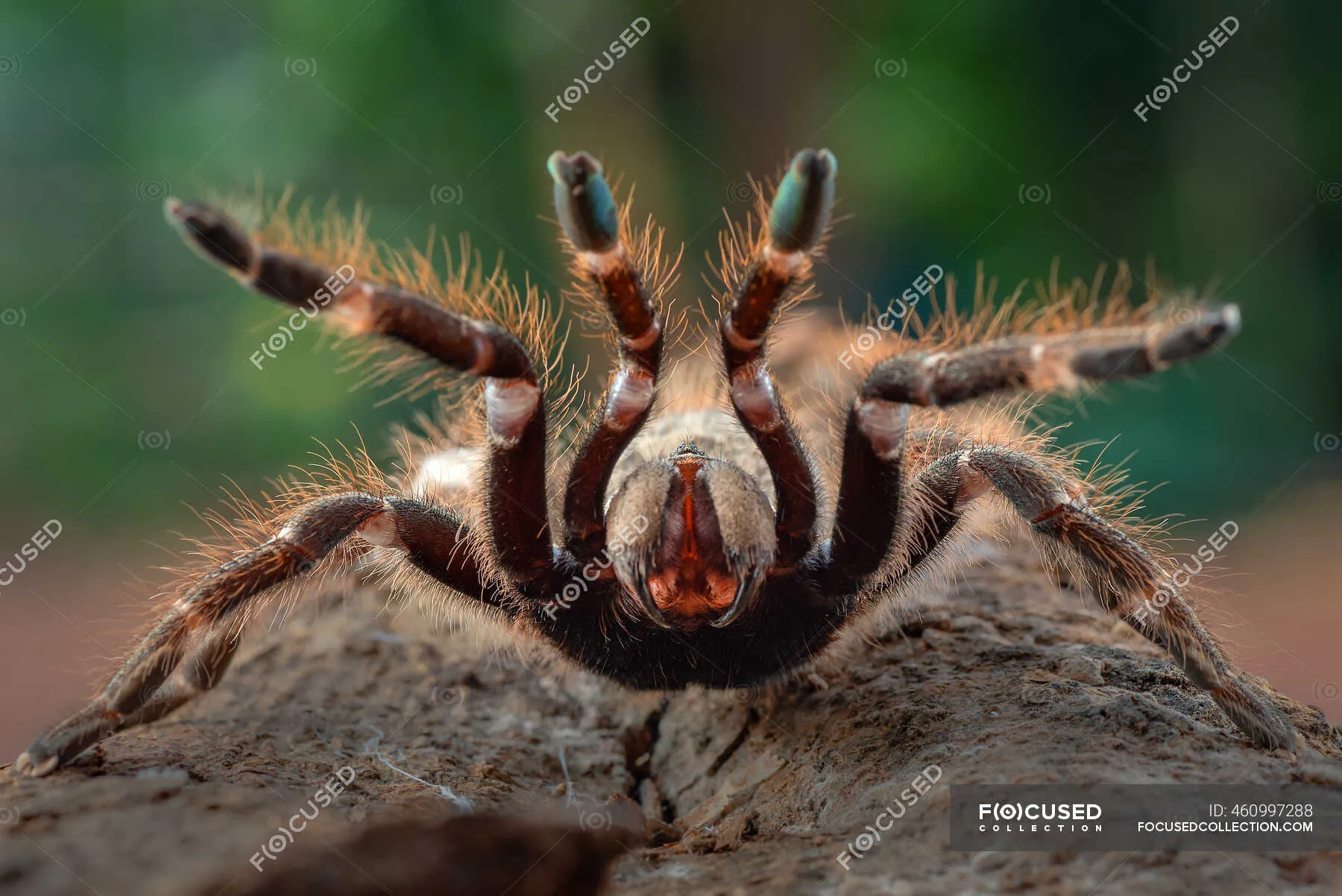
Handling Rear Horned Baboon Tarantulas is generally not recommended, as they are quick and can bite if they feel threatened. Their venom is not considered medically significant to humans, but the bite can be painful. If you must handle the tarantula, do so with extreme care, ideally using a soft brush to gently guide it into a container. Avoid direct contact with the spider’s fangs. Safety is paramount when dealing with any tarantula, and understanding their temperament is key. For those considering a rear horned baboon tarantula for sale, prioritize safety to ensure a positive and secure experience for both the keeper and the spider.
Health and Common Issues in Rear Horned Baboon Tarantulas
Like any pet, Rear Horned Baboon Tarantulas can experience health issues. Recognizing common problems and understanding how to prevent them is essential for responsible care. The best way to address any potential health concerns is through prevention. Understanding the potential health issues is another important consideration for those looking for a rear horned baboon tarantula for sale, guaranteeing that they are prepared to manage any difficulties that may arise.
Common Diseases and Ailments
Some common health issues include dehydration, mites, and fungal infections. Dehydration can result from low humidity or lack of access to water. Mites can infest the tarantula and its enclosure, requiring prompt treatment. Fungal infections can occur if the substrate is too moist. Regularly monitor your tarantula for any signs of illness, such as lethargy, loss of appetite, or unusual behavior. Correcting environmental issues promptly can often resolve health problems. Proper care is key for your rear horned baboon tarantula, to prevent and address common diseases.
Preventative Care and Maintenance
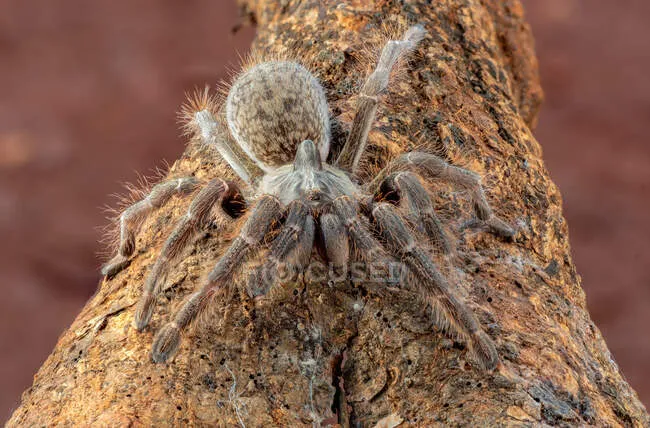
Regularly check the enclosure for cleanliness. Remove any uneaten food and clean the water dish frequently. Replace the substrate every 6-12 months, or sooner if it becomes heavily soiled. Maintain the correct temperature and humidity levels. Quarantine new tarantulas to prevent the spread of potential diseases. Providing a healthy environment minimizes the risk of illness. This preventative approach is critical for anyone seeking a rear horned baboon tarantula for sale, ensuring a long and healthy life for their pet.
